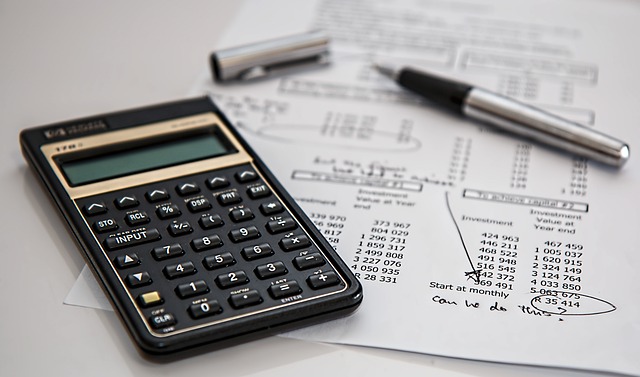Understanding the Pros and Cons of High-Yield Savings Accounts
In the world of personal finance, it is essential to understand the different types of investment options available. Among these options, high-yield savings accounts stand out as a popular choice for many individuals. This article will explore what high-yield savings accounts are, how they work, their benefits, and potential risks, providing you with a comprehensive guide to this financial product.

What are High-Yield Savings Accounts?
High-yield savings accounts are a type of deposit account that typically pays a higher interest rate than a regular savings account. These accounts are offered by banks and credit unions, with the interest rate often varying based on the financial institution and the state of the economy.
The Appeal of High-Yield Savings Accounts
One of the main reasons high-yield savings accounts are popular is their ability to provide a higher return on your money compared to regular savings accounts. This makes them an attractive option for those looking to grow their savings more quickly without taking on the risk associated with other types of investments like stocks or bonds.
Potential Risks and Downsides
Despite their many benefits, high-yield savings accounts also come with potential downsides. The interest rates can fluctuate and are often tied to the Federal Reserve’s rates, which means that if the rates decrease, so does the yield on your savings. Additionally, some high-yield savings accounts may require a minimum balance or monthly deposit, which may not be feasible for everyone.
Practical Applications and Real-World Impact
High-yield savings accounts can be a valuable tool for individuals looking to save for a specific goal, such as a down payment on a house, an emergency fund, or a vacation. They can also provide a safe haven for funds while deciding on long-term investment strategies.
Key Takeaways and Practical Tips
-
High-yield savings accounts offer a higher interest rate than regular savings accounts, potentially growing your savings more quickly.
-
It’s essential to understand that the interest rates can fluctuate, potentially affecting your returns.
-
Always read the terms and conditions before opening a high-yield savings account. Look for any minimum balance or monthly deposit requirements.
-
High-yield savings accounts can be an effective tool for short-term savings goals.
In conclusion, high-yield savings accounts can be a beneficial financial tool for those looking to earn a higher return on their savings without the risk associated with other types of investments. However, as with any financial product, it’s crucial to understand the potential risks and downsides before deciding if a high-yield savings account is right for you. By doing your research and understanding your financial goals, you can make an informed decision that aligns with your personal finance strategy.




